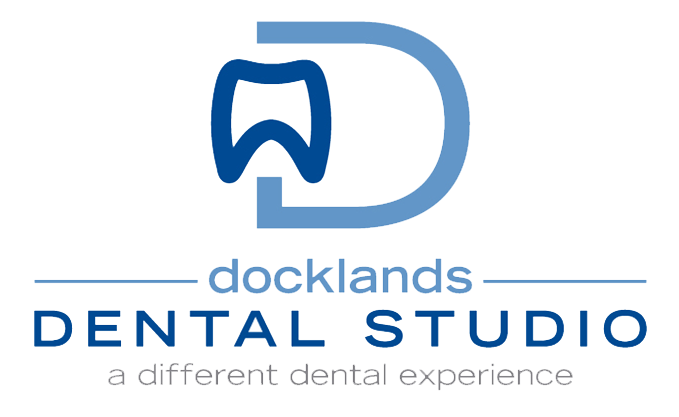 Occasionally, our doctors see patients with extensive damage to their teeth from tooth decay. They may have damaged areas too large for a regular filling, yet not severe enough to warrant a dental crown. In these cases, the doctors turn to inlays and onlays to repair the decayed teeth.
Occasionally, our doctors see patients with extensive damage to their teeth from tooth decay. They may have damaged areas too large for a regular filling, yet not severe enough to warrant a dental crown. In these cases, the doctors turn to inlays and onlays to repair the decayed teeth.
Inlays and onlays allow the doctors to treat large areas of decay conservatively, keeping the remaining structure of the natural tooth intact. The doctors use inlays to fill in damaged areas between the cusps of teeth. If the patient has suffered severe damage that affects one or more of the cusps, or the entire biting surface of the tooth, the doctors will use onlays to repair the damage.
To learn more about how we can use inlays and onlays to restore function to your damaged teeth, call our Docklands dental office today at (03) 9021-9487 and schedule an appointment with one of our doctors.
Why We Use Inlays and Onlays
When a patient suffers extensive damage to a tooth, usually caused by tooth decay, the doctor may conclude that a large filling will only make matters worse. The filling may weaken the tooth’s natural structure, which can lead to cracks or breaks, and may even result in the patient needing a root canal treatment down the road.
Our doctors have the option of placing a crown over the decayed tooth, but often the damage does not warrant the removal of tooth structure necessary for this procedure. Our doctors aim to provide the most conservative treatment available to our patients, and the removal of tooth structure necessary to place a dental crown will lead them to look at other solutions. When this happens, they turn to inlays and onlays.
For decades, these restorations were made from gold, providing patients with excellent durability. Many doctors then began using moldable composite resin for the restorations, because they could easily shape it anyway they needed to. Our doctors however, prefer porcelain for crafting inlays and onlays.
The doctors can tint porcelain to match the patient’s natural tooth color, making the restorations virtually indistinguishable from the natural tooth surface. When made from porcelain, inlays and onlays typically have more durability than composite resin and last longer than large fillings. In fact, with proper care, they can last up to 30 years.
Placing Inlays and Onlays
The placement of inlays and onlays typically requires two appointments. At the first appointment, the doctor will perform a thorough examination of your teeth and remove the decayed portion of the damaged tooth. The doctor will then make an impression of the tooth, which we will send to an offsite dental laboratory, where technicians will create the restoration. The doctor will place a temporary filling to protect the tooth from further damage while you wait for your permanent restoration.
When your inlay or onlay arrives in our office, you will return for your second appointment. At this time, the doctor will remove the temporary filling and replace it with your new permanent inlay or onlay, using a strong, but safe dental cement.
You will care for your new restorations just as you would normal teeth, with regular brushing and flossing. Attending scheduled dental checkups will allow the dentist to monitor your inlays and onlays, making sure they remain in good shape.
Contact Us Today
To speak to one of our doctors about the benefits of inlays and onlays, call our Docklands dental office today at (03) 9021-9487 and schedule an appointment.
